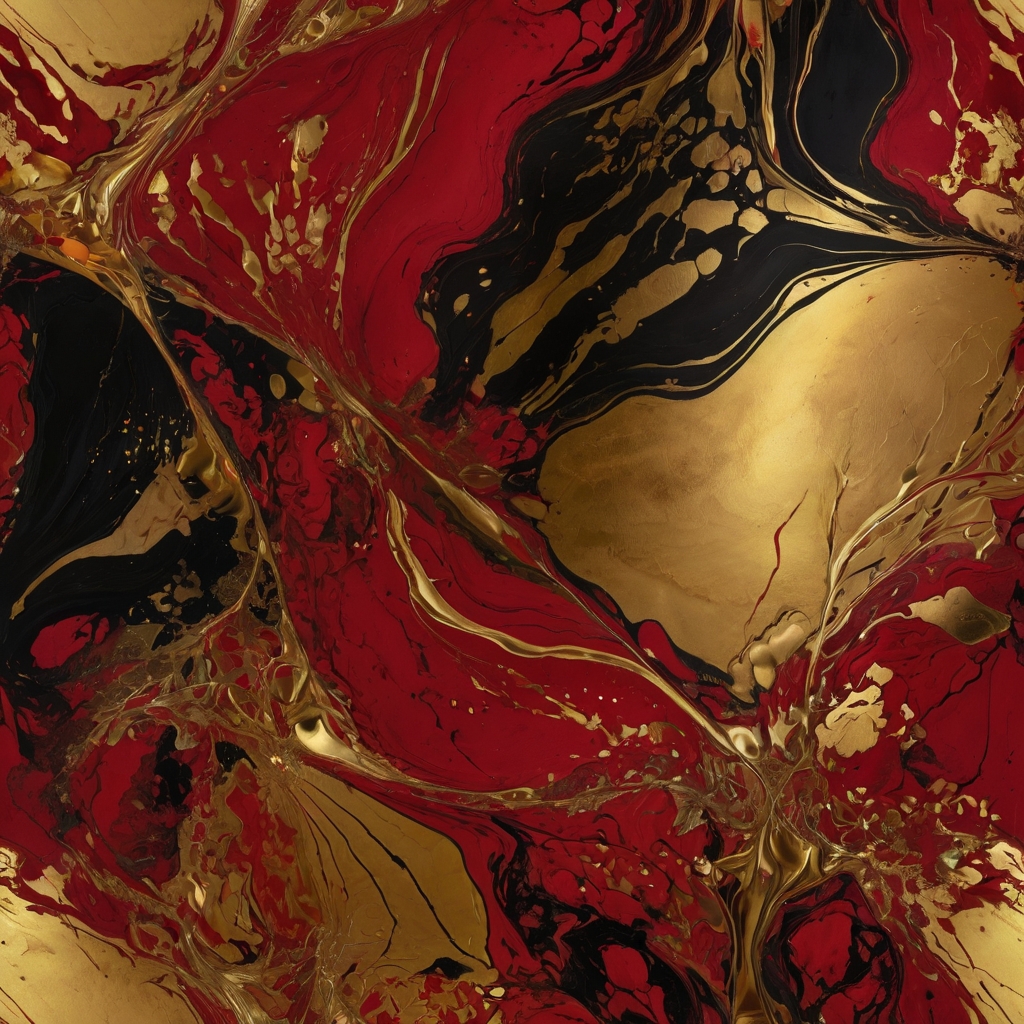Introduction: The Allure of Bass – More Than Just Vibration
Bass isn’t just felt in your chest—it rewires your senses. From the subterranean rumble of a dubstep drop to the primal pulse of a hip-hop beat, bass frequencies act like sonic drugs, altering perception, mood, and even cognition. Forget psychedelics; this is about how low-end soundscapes hijack your brain and body, creating experiences that are visceral, emotional, and borderline addictive.
1. The Science of Bass: How Low Frequencies Hijack Your Brain
Your Brain on Bass
Bass frequencies (20–200 Hz) are processed differently than higher pitches. Here’s why:
- The Vestibular System: Low frequencies stimulate the inner ear’s balance organs, creating a physical “drop” sensation (think EDM festivals).
- Dopamine Surges: Repetitive bass patterns sync with the brain’s reward pathways, similar to rhythmic drumming in tribal rituals.
- Amygdala Activation: Deep bass triggers primal emotional responses—fear, excitement, awe—by engaging the brain’s fear/pleasure center.
The “Infrasound” Phenomenon
Frequencies below 20 Hz (infrasound) can’t be heard but are felt, causing:
- Unease or awe (used in horror films and cathedral organ music).
- Altered states of consciousness in meditative practices.
2. Bass and the Body: Physical Reactions to Subharmonics
Why Bass Makes You Move
- Tactile Sound: Skin and bones conduct low frequencies, turning your body into a resonance chamber.
- Endorphin Release: Prolonged bass exposure can induce euphoria, akin to a “runner’s high.”
- Heart Sync: Studies suggest bass-heavy music can synchronize heart rates in crowds, amplifying collective energy.
Bass as a Weapon (Literally)
Governments have tested bass frequencies for crowd control (e.g., LRADs). At high volumes, bass can:
- Disorient balance.
- Induce nausea or anxiety.
3. Cultural Bass: From Dubstep to Trap – How Genres Weaponize Low-End
Bass as Identity
- Dubstep: Wobbling sub-bass mimics the disorientation of altered states.
- Hip-Hop: 808 kicks symbolize power and rebellion.
- Psytrance: Constant basslines induce trance-like focus.
Bass in Rituals
- Tibetan Singing Bowls: Use low drones for meditation.
- Dancehall Reggae: Bass-heavy sound systems as communal spiritual tools.
4. Bass as a Cognitive Tool: Enhancing Focus, Meditation, and More

Productivity Hacks
- Brown Noise: Deep bass static masks distractions, aiding ADHD focus.
- Binaural Beats: Paired low frequencies promote relaxation or concentration.
Therapeutic Uses
- Sound Baths: Sub-bass vibrations reduce stress hormones like cortisol.
- Parkinson’s Therapy: Rhythmic bass improves motor coordination.
5. The Dark Side: When Bass Overload Becomes Sensory Assault
Risks of Overexposure
- Tinnitus & Hearing Loss: Prolonged bass can damage hair cells in the ear.
- Sensory Overload: Anxiety or dissociation from extreme low-end (e.g., dystopian club scenes).
The “Bass Hangover”
After raves, some report:
- Temporary balance issues.
- Emotional depletion (dopamine crash).
Conclusion: Harnessing the Power of Bass Responsibly
Bass is a double-edged sword—a tool for transcendence or sensory sabotage. To use it wisely:
- Moderate Volume: Protect your ears.
- Curate Playlists: Match bass intensity to your goal (focus vs. catharsis).
- Embrace Silence: Reset your auditory palette.
Your Turn
- Does bass-heavy music alter your mood or focus?
- Which bass-centric track feels like a “sonic drug” to you?
- Have you experienced a “bass hangover”?
Step into the low-end labyrinth—just don’t lose your balance. 🎧🔊

